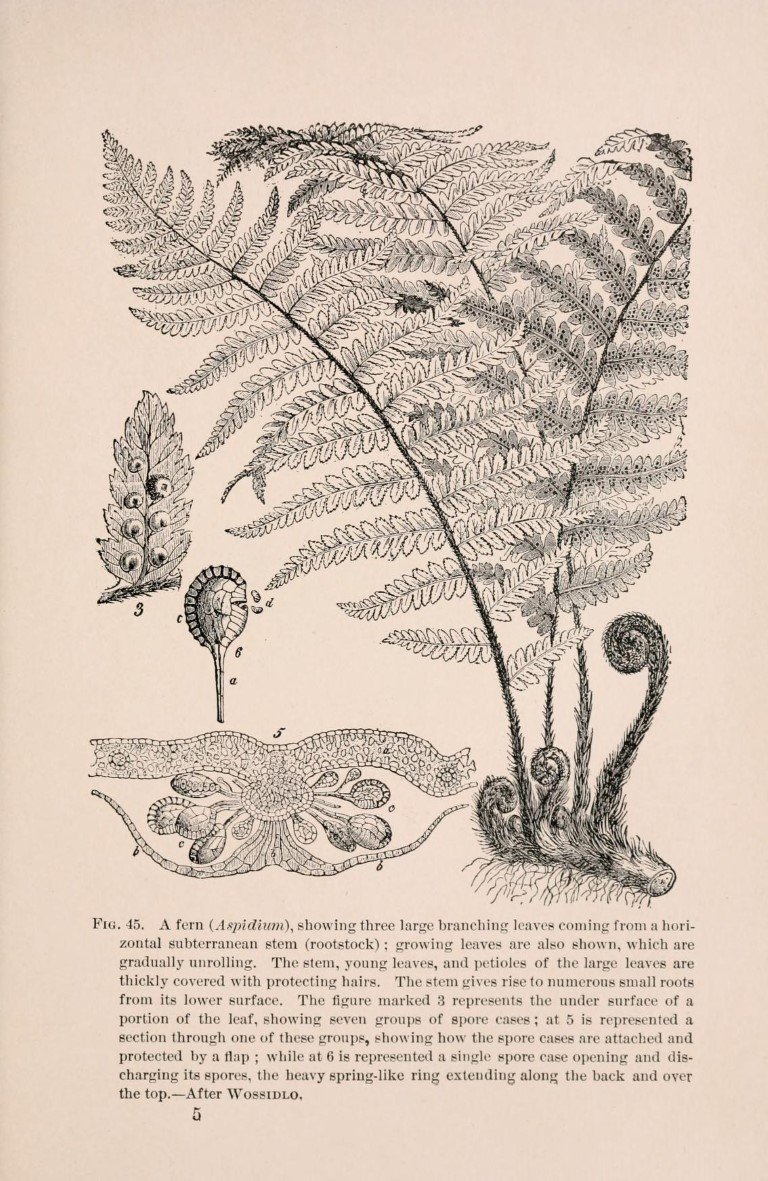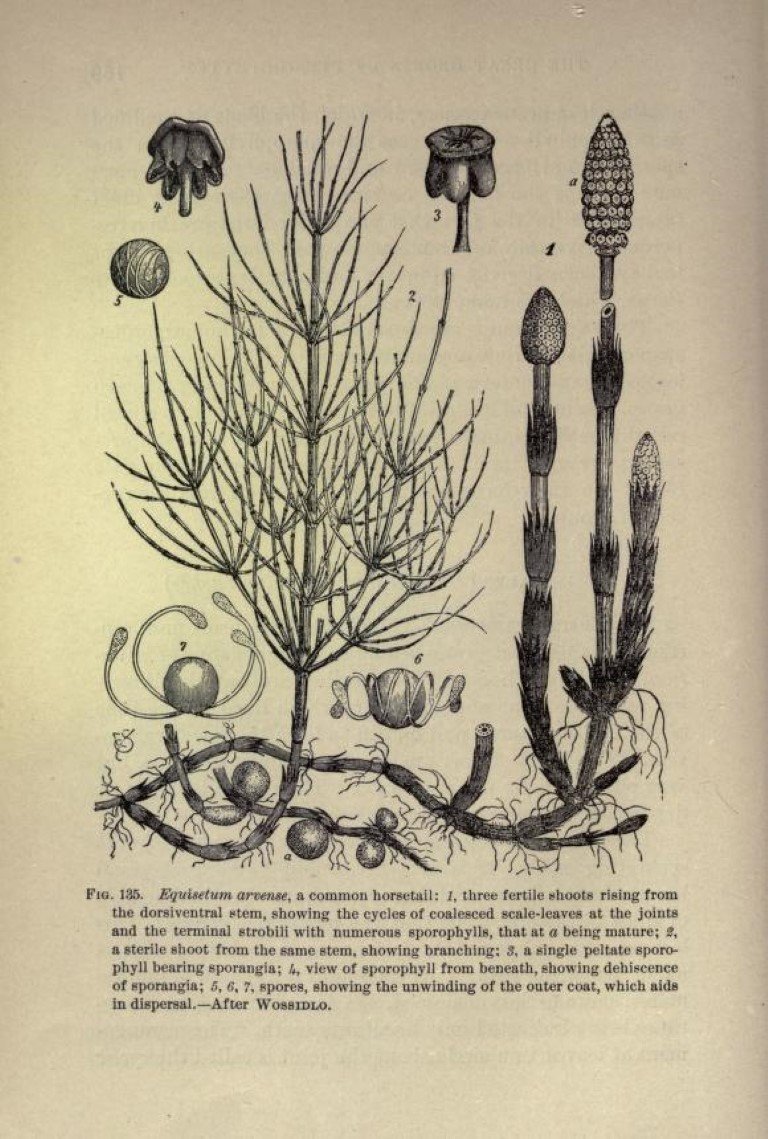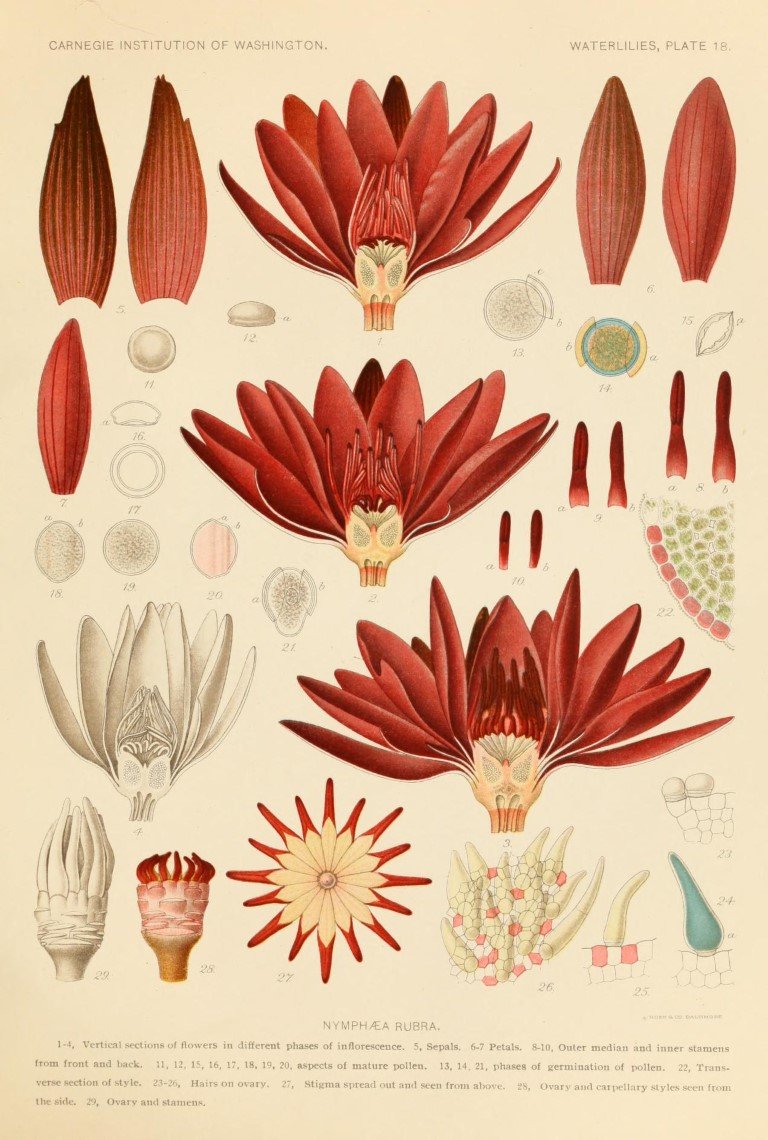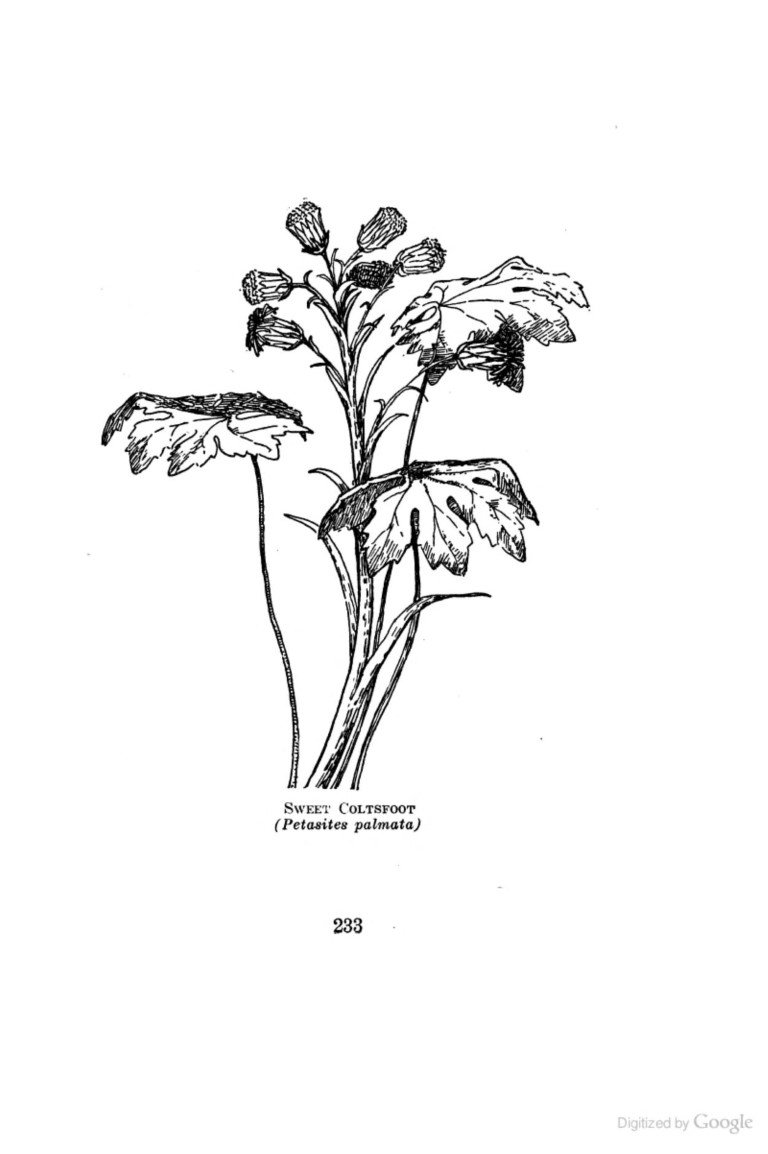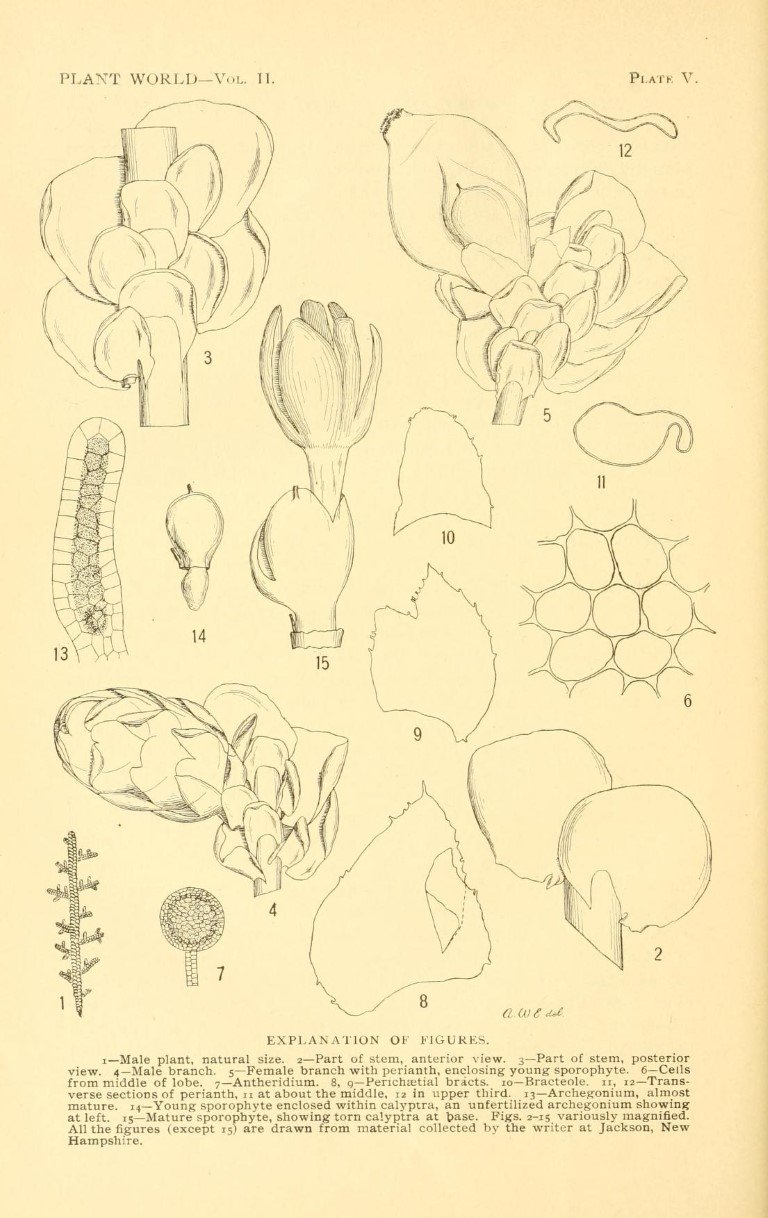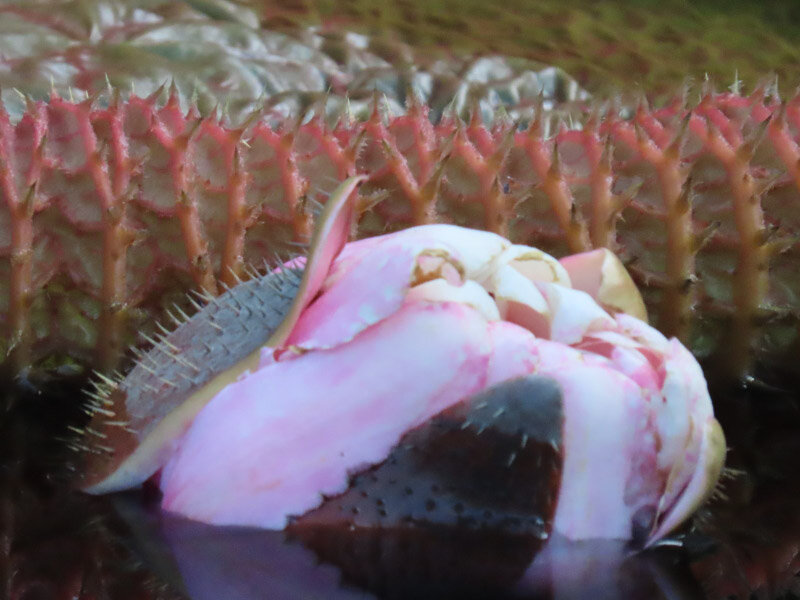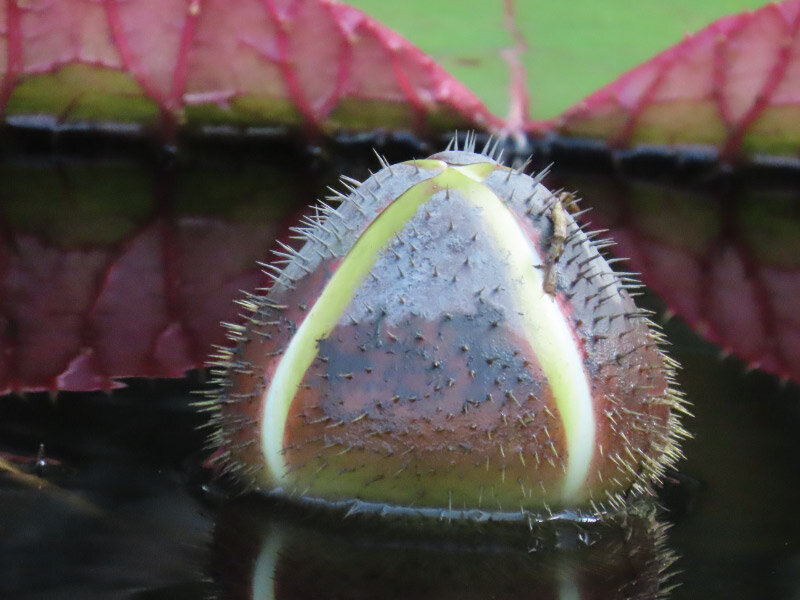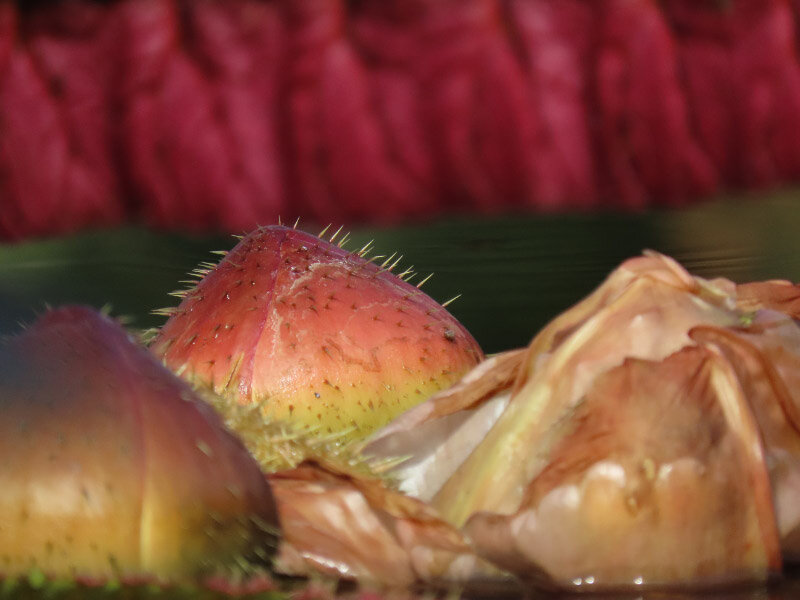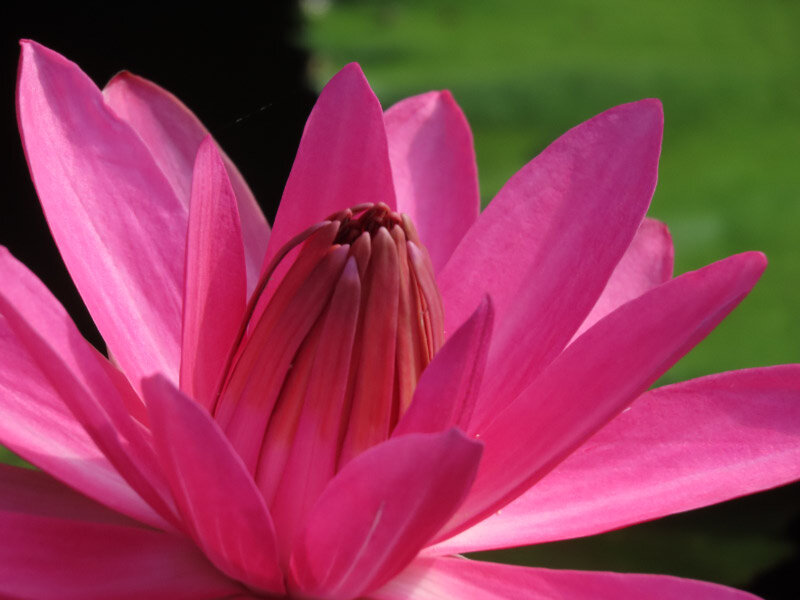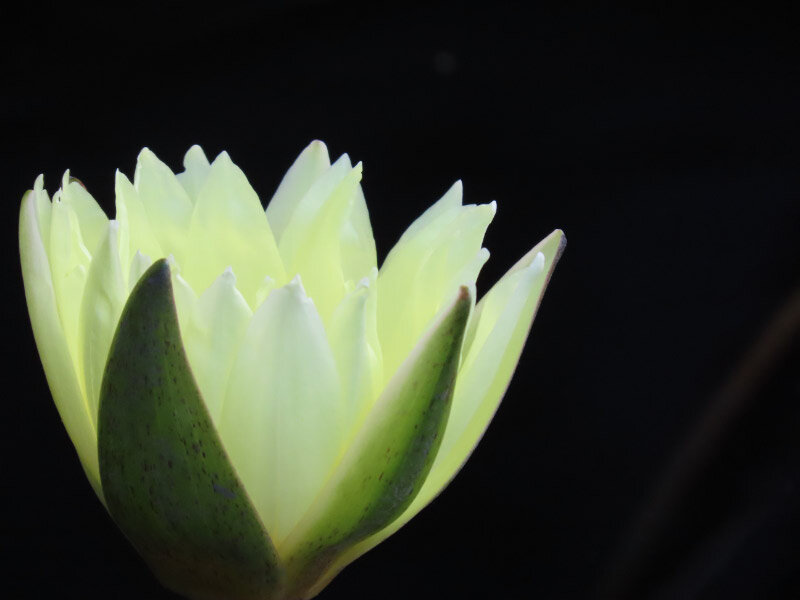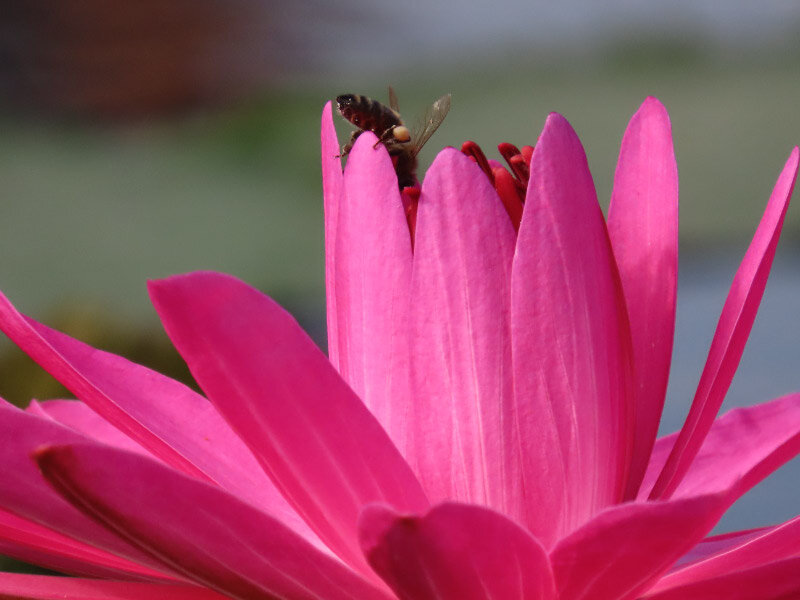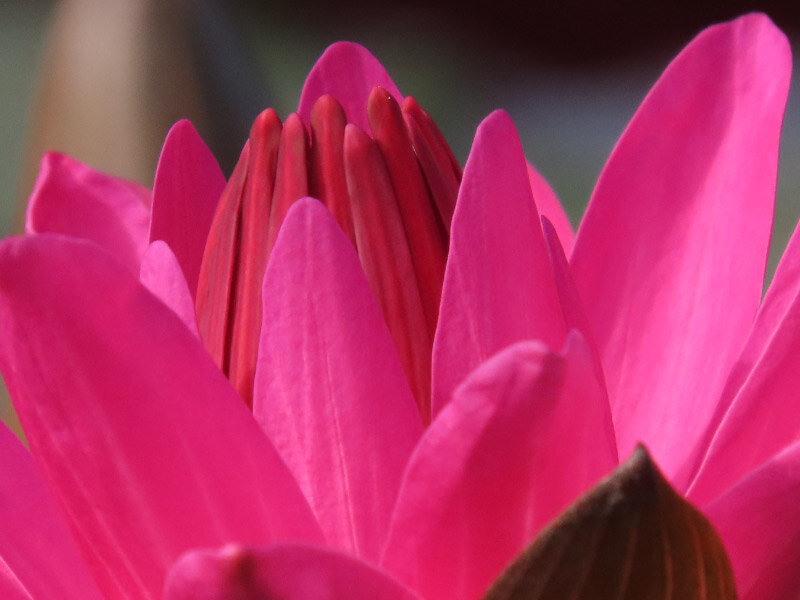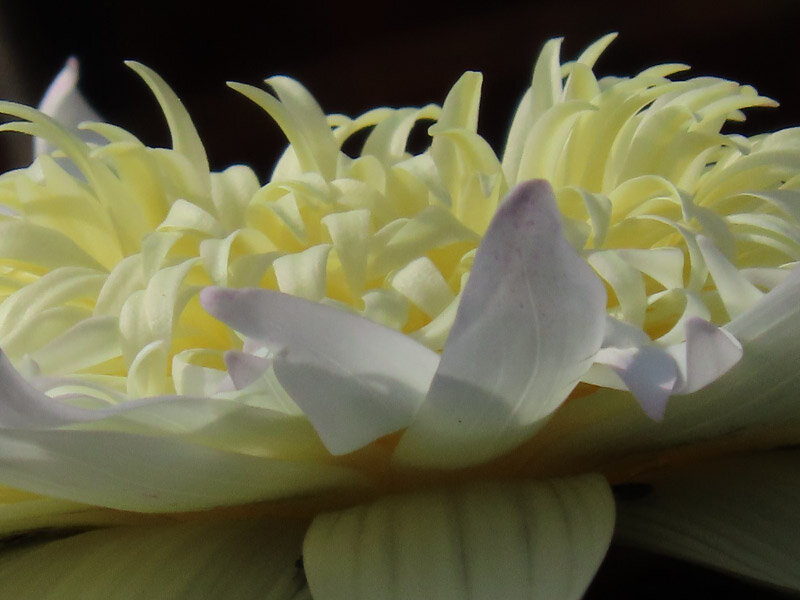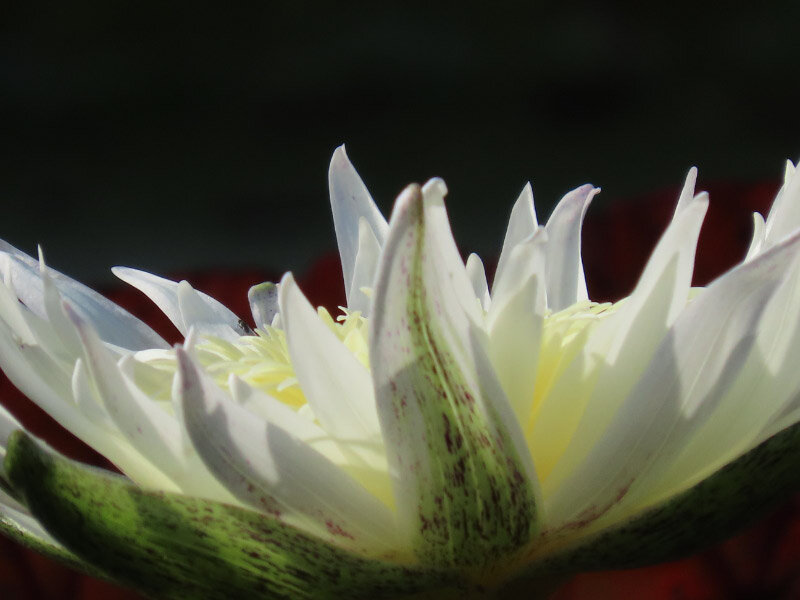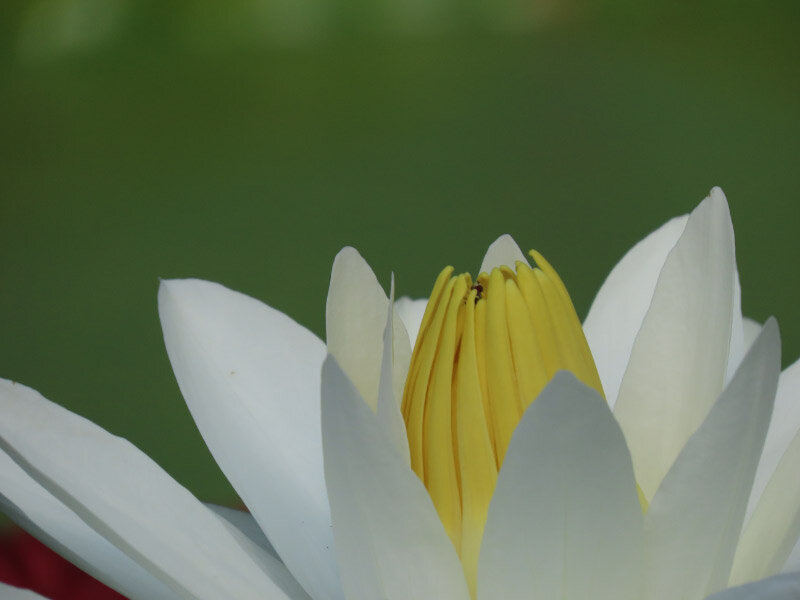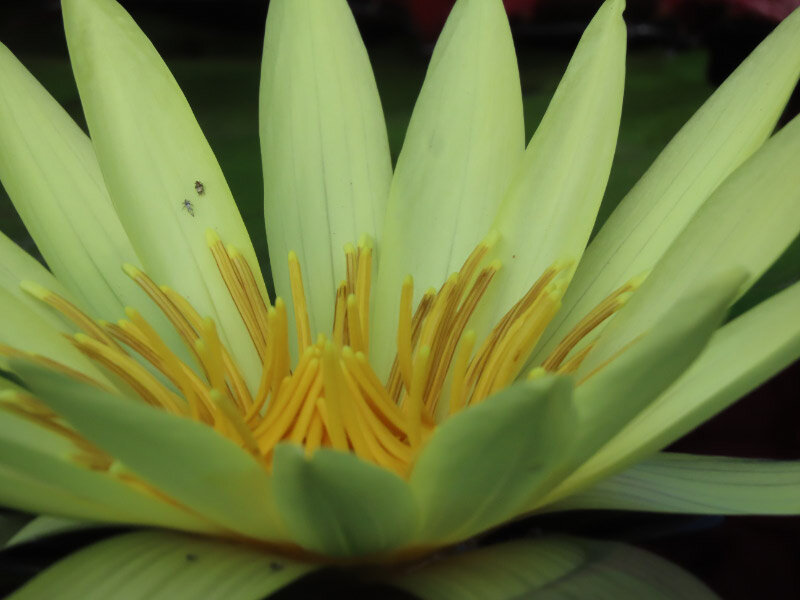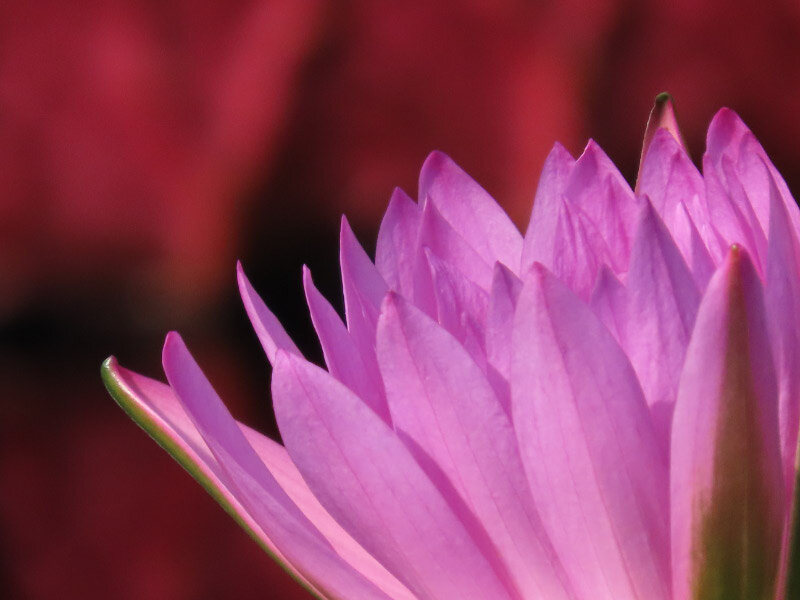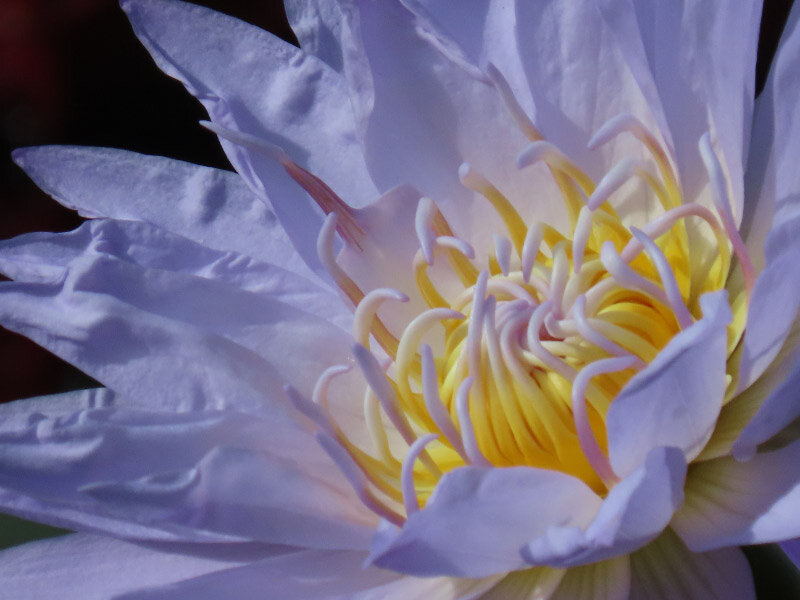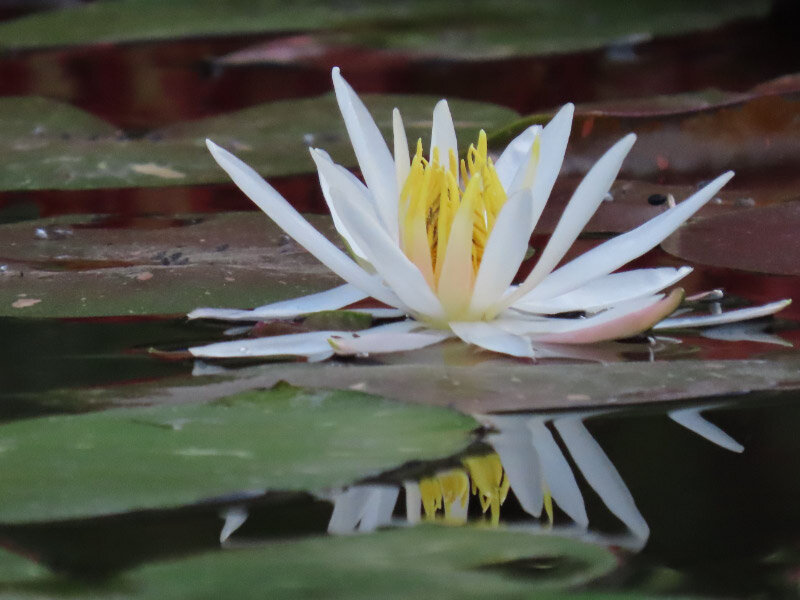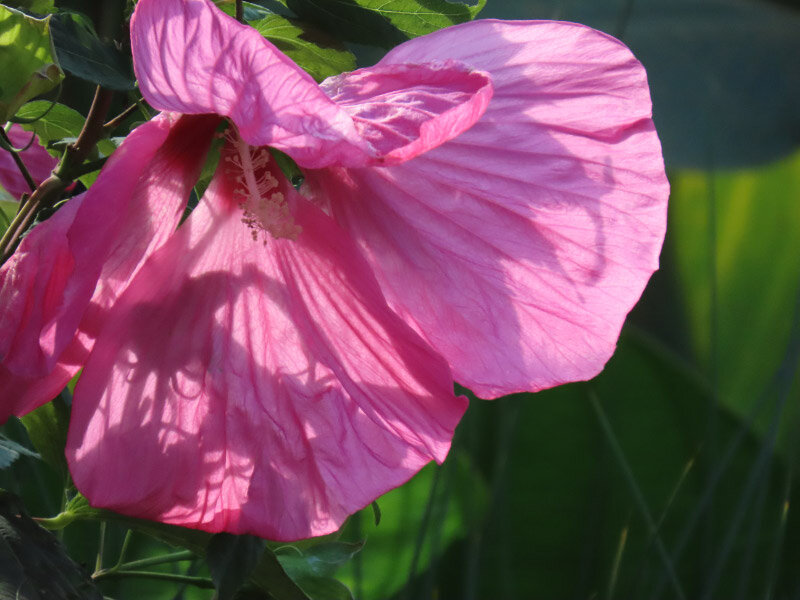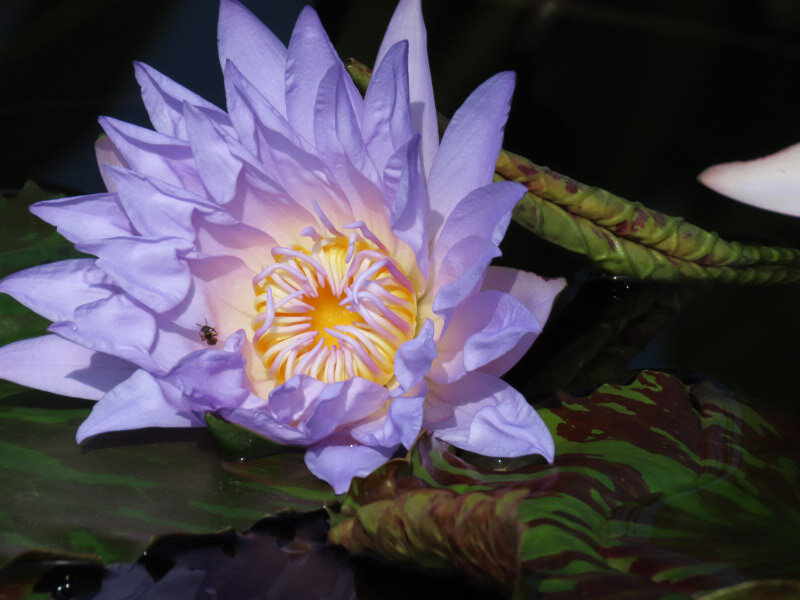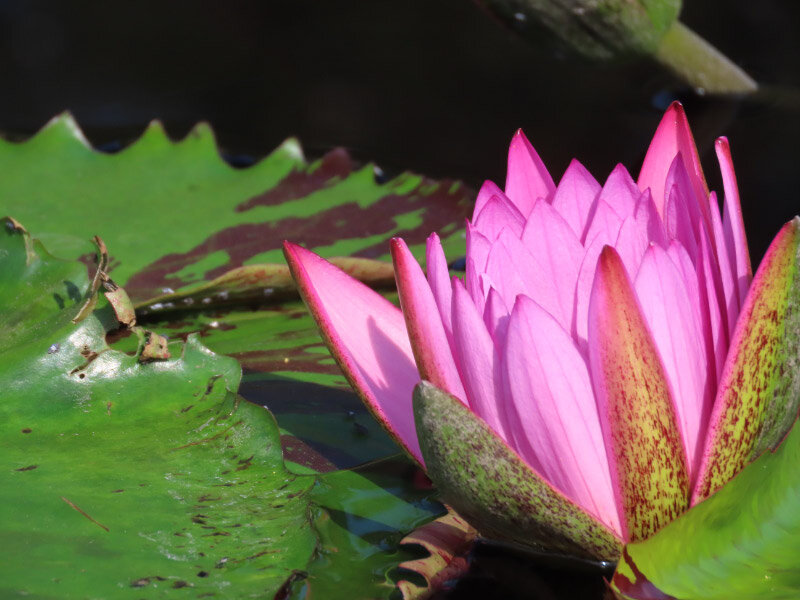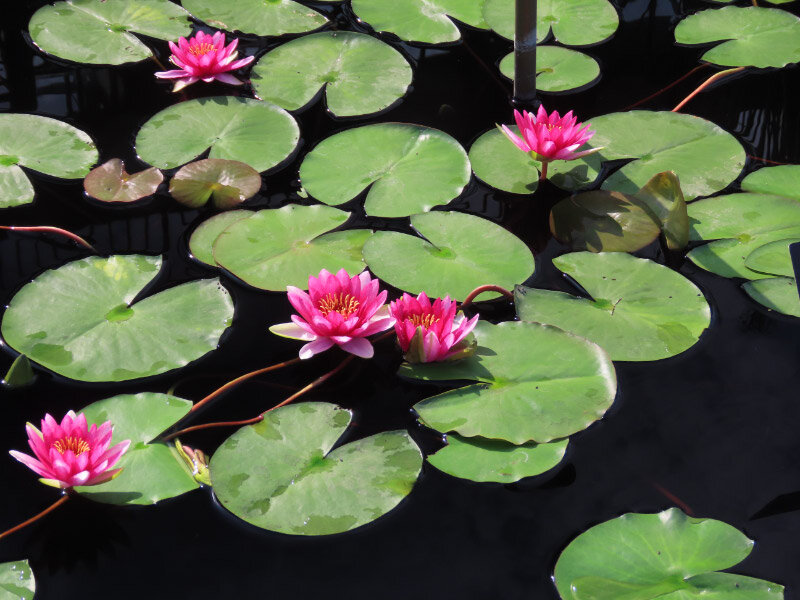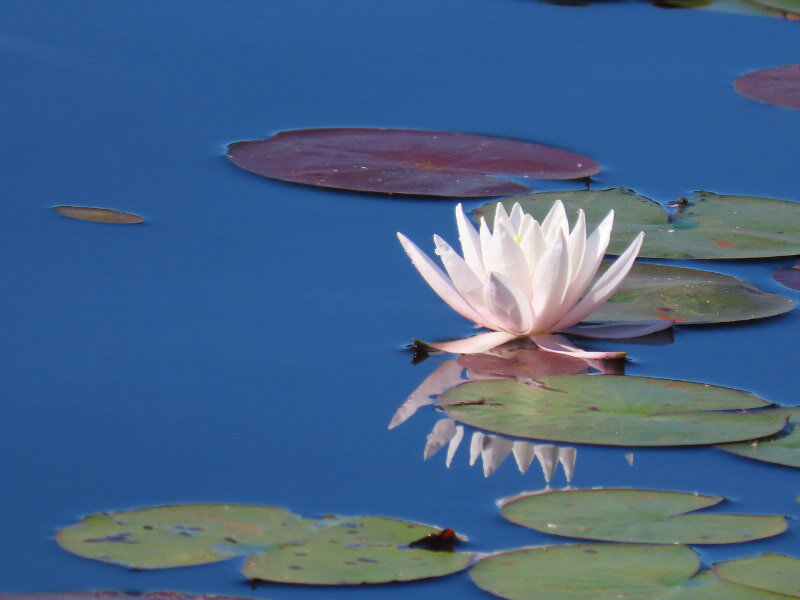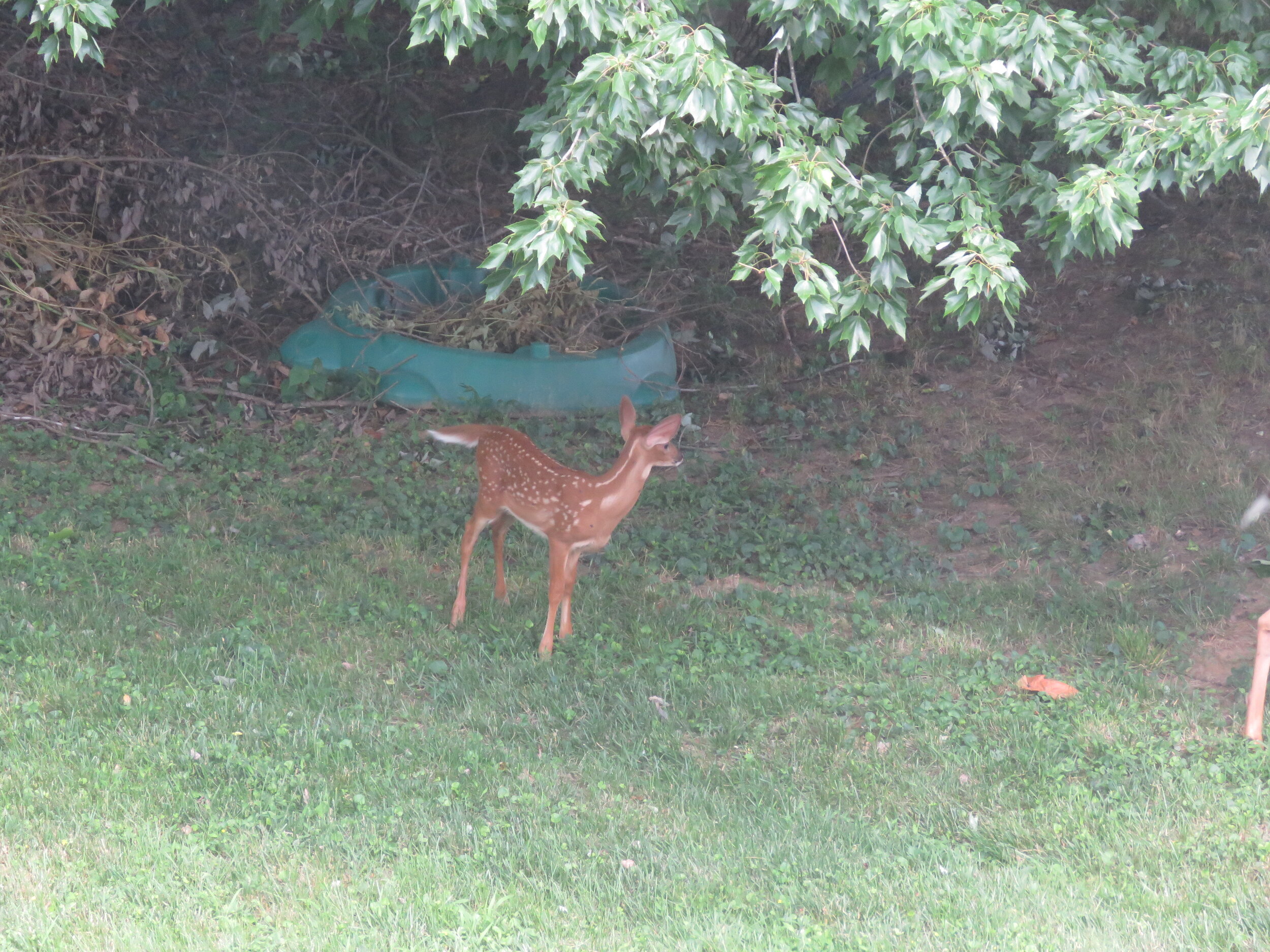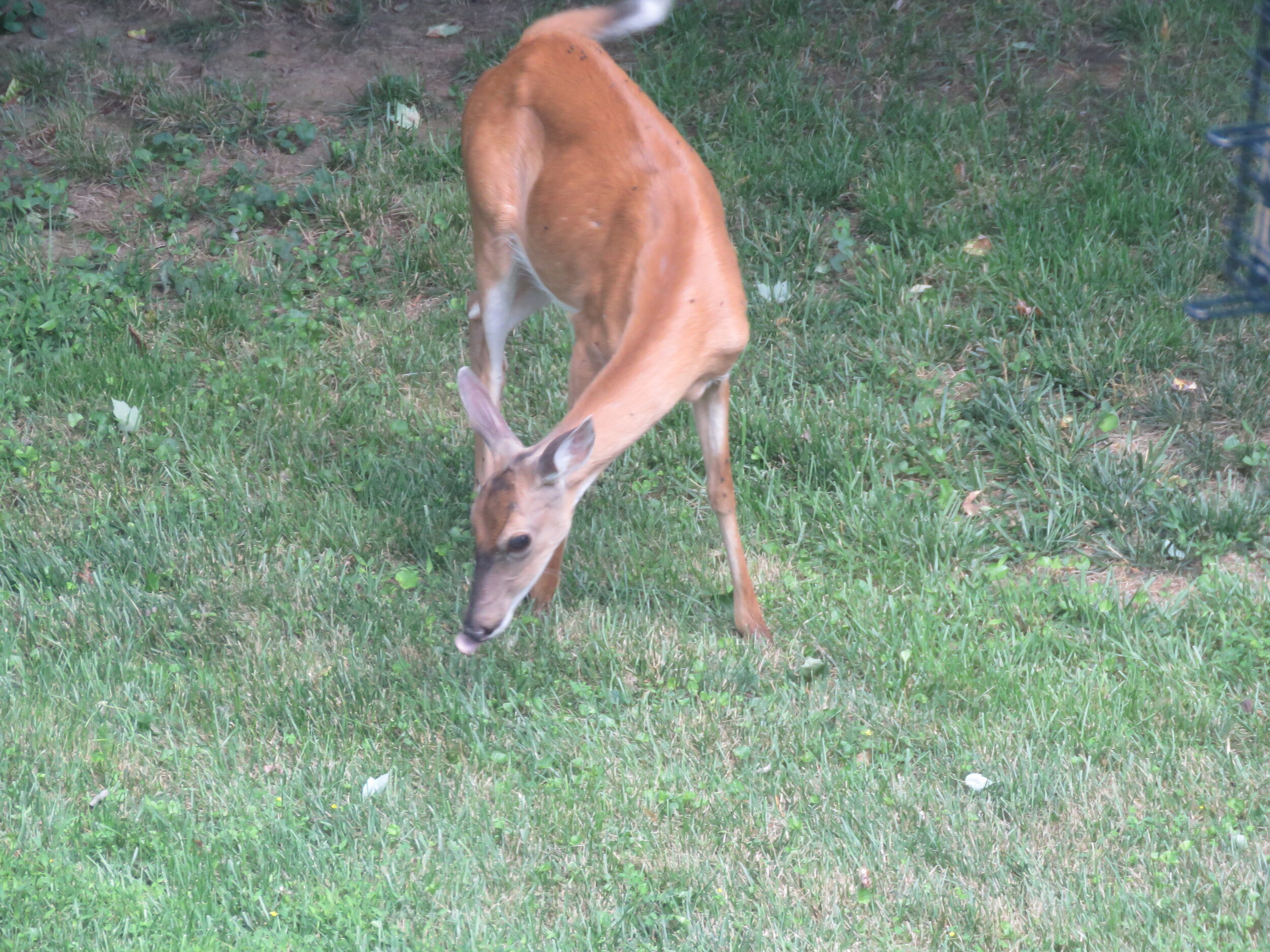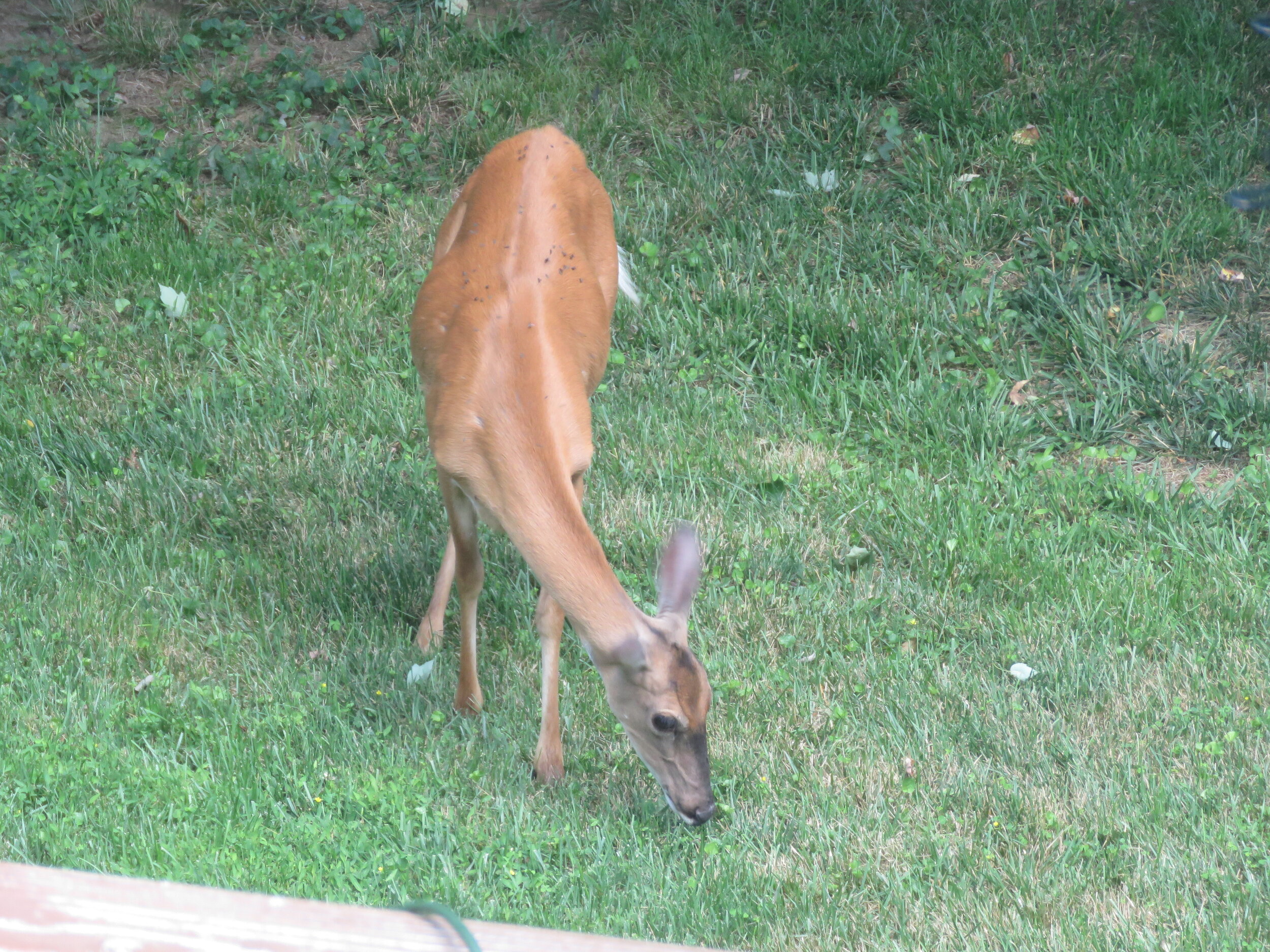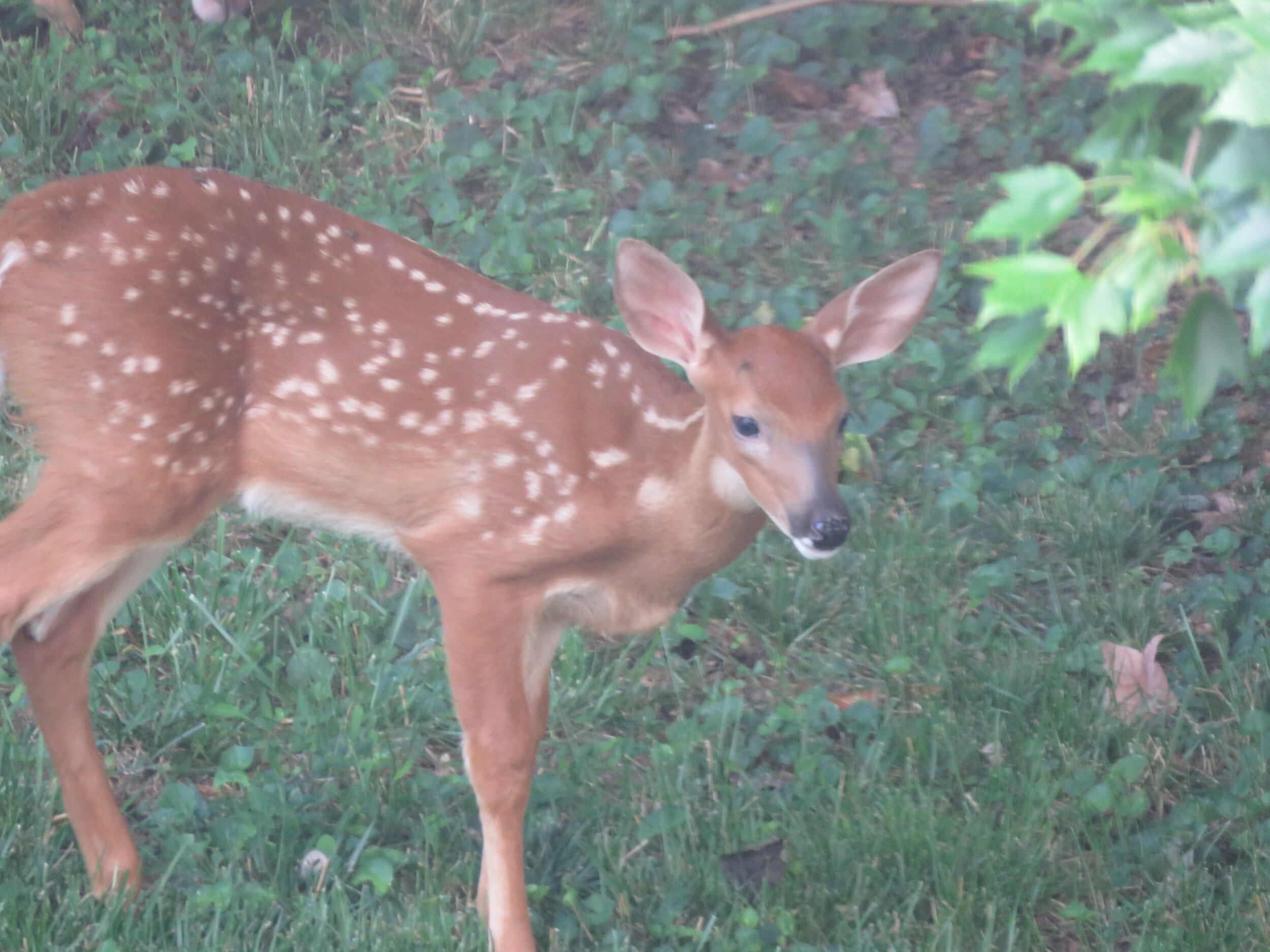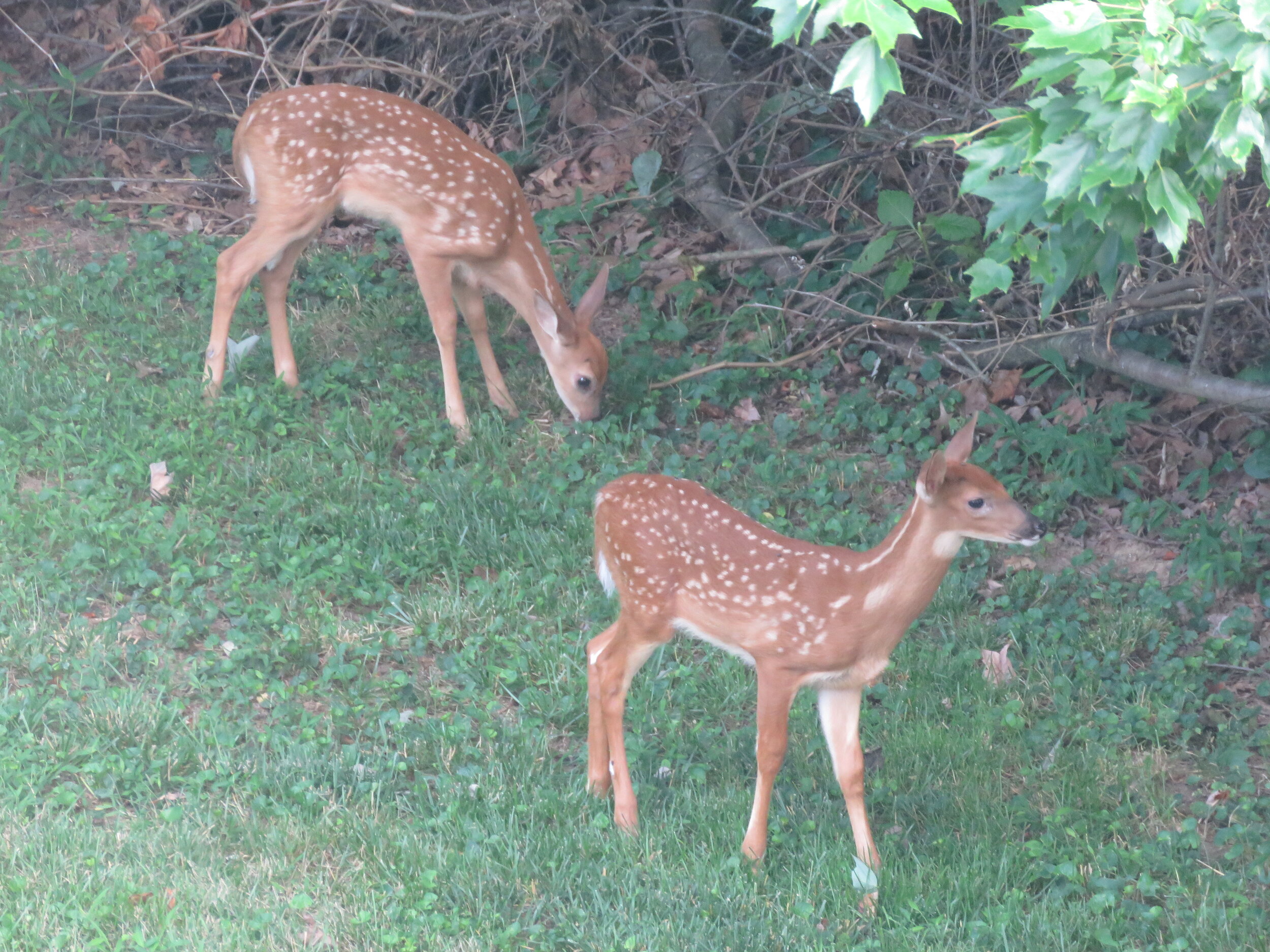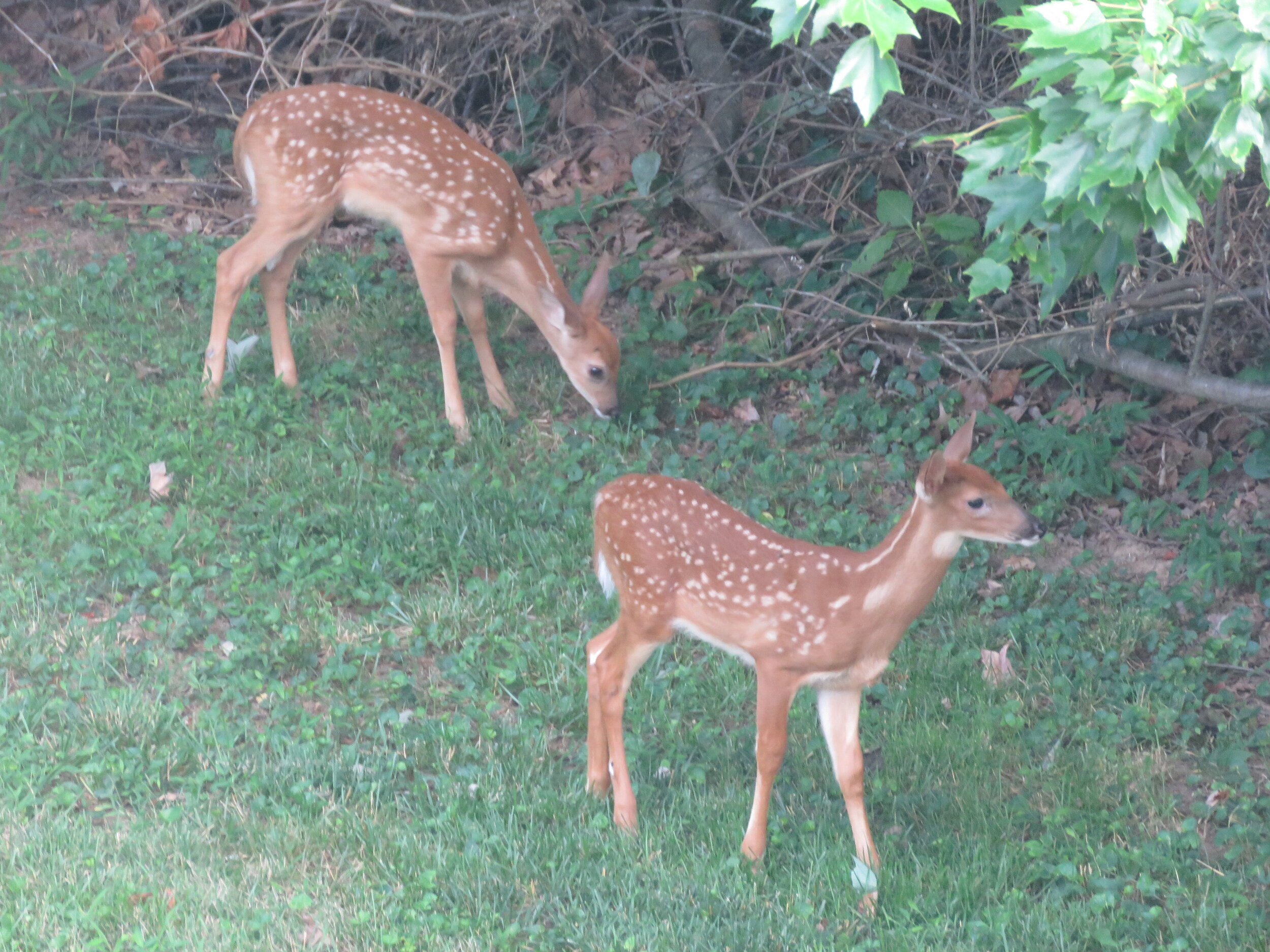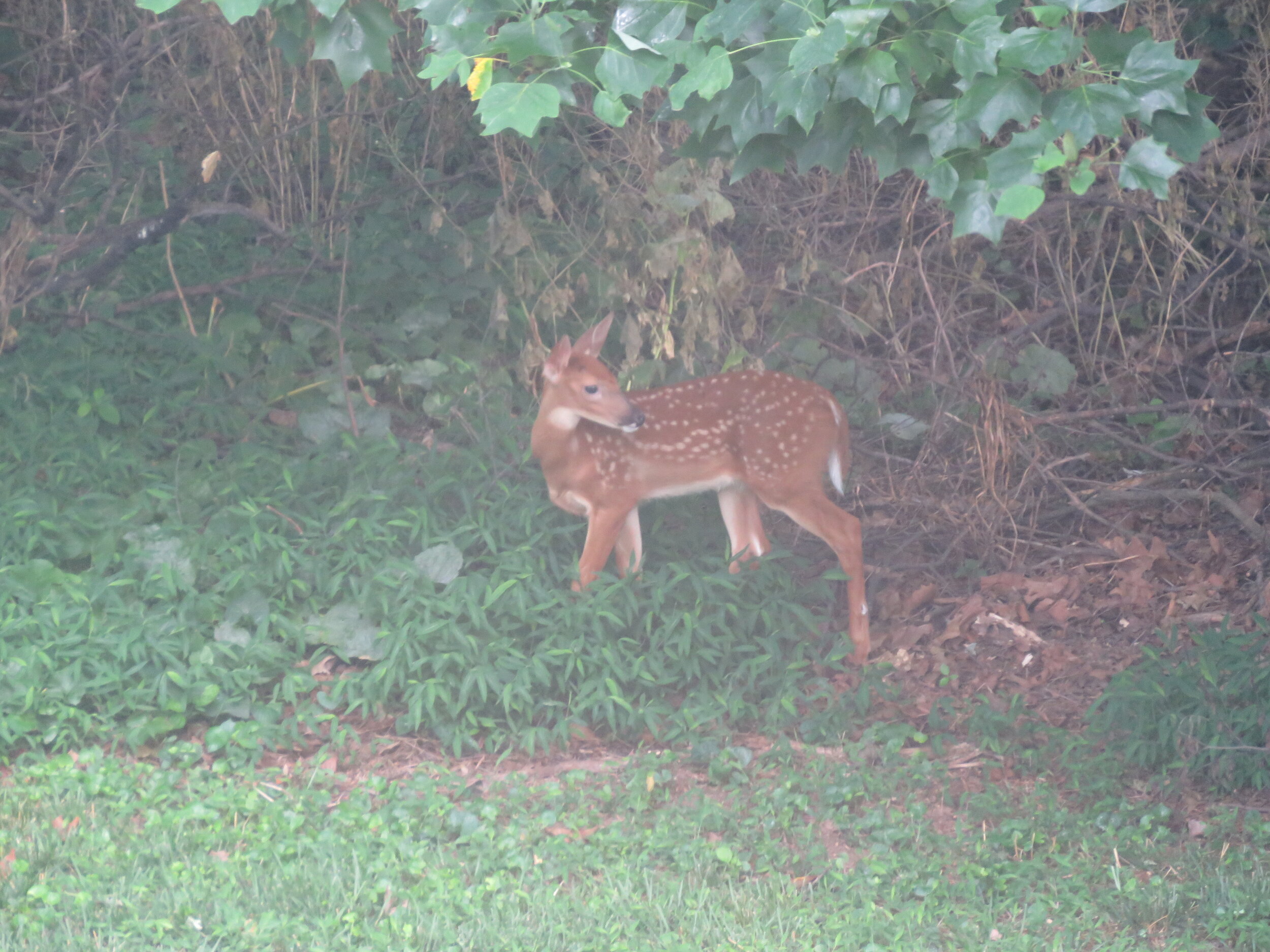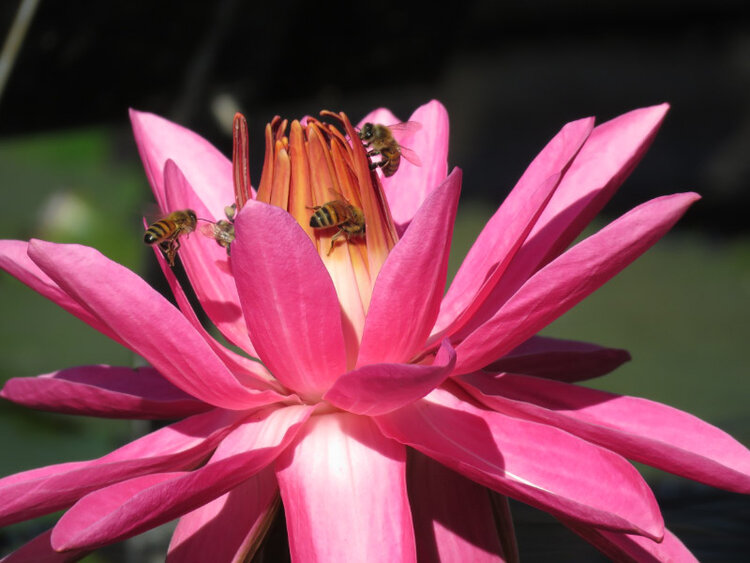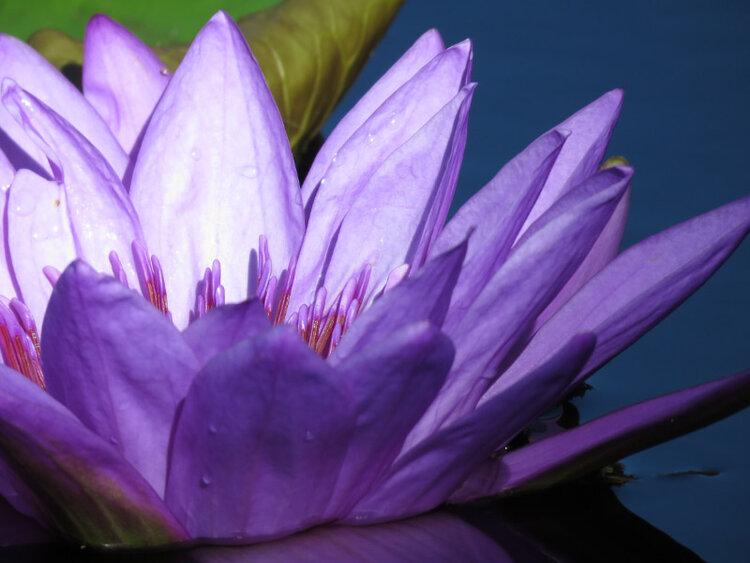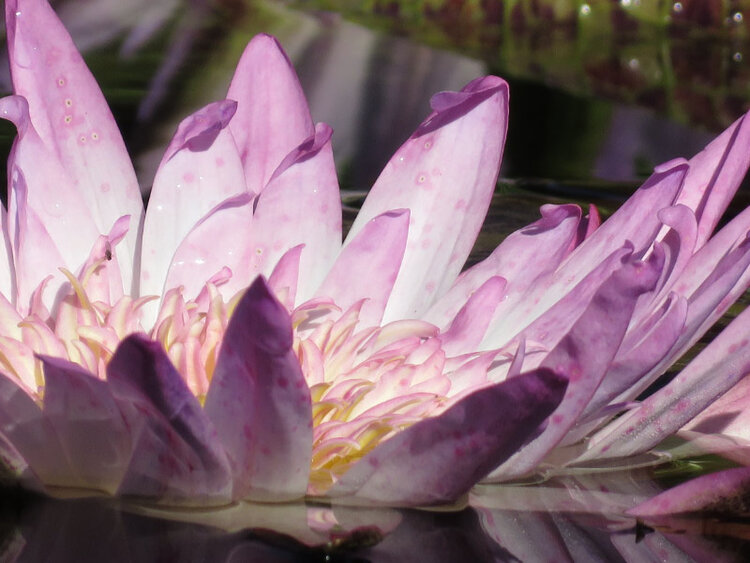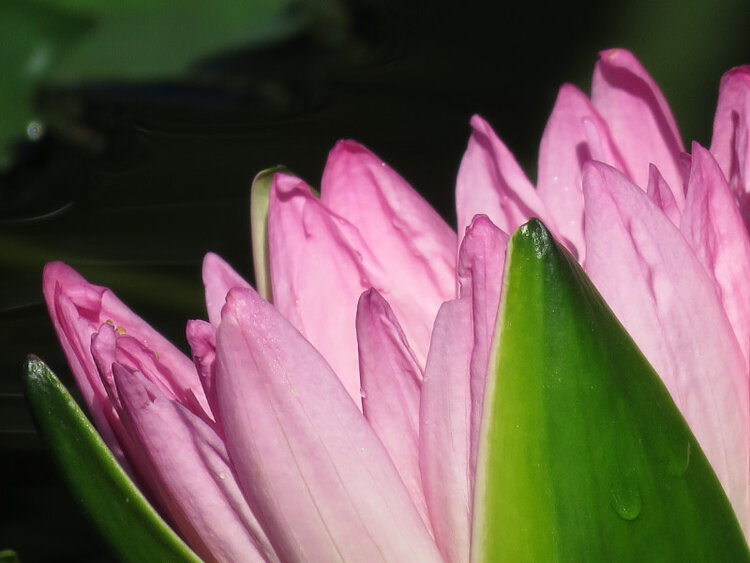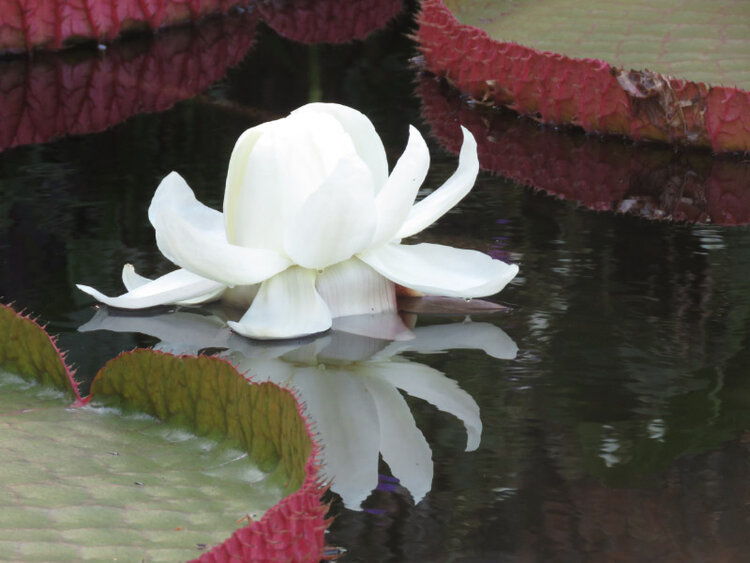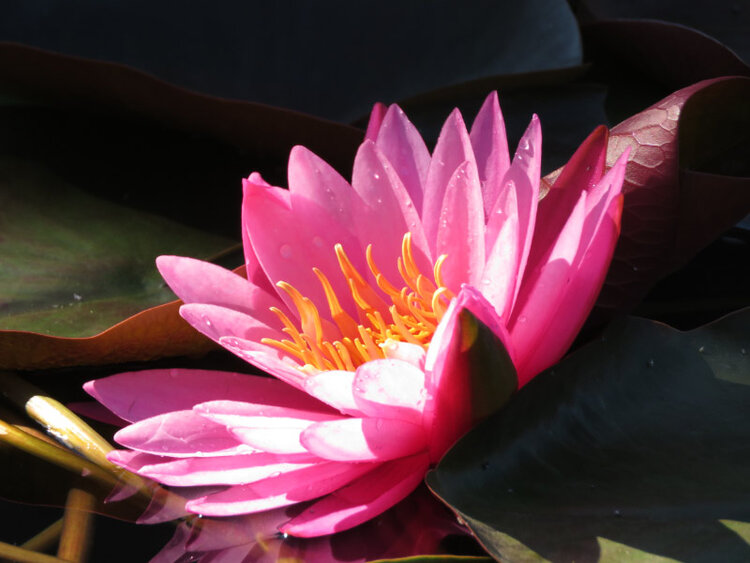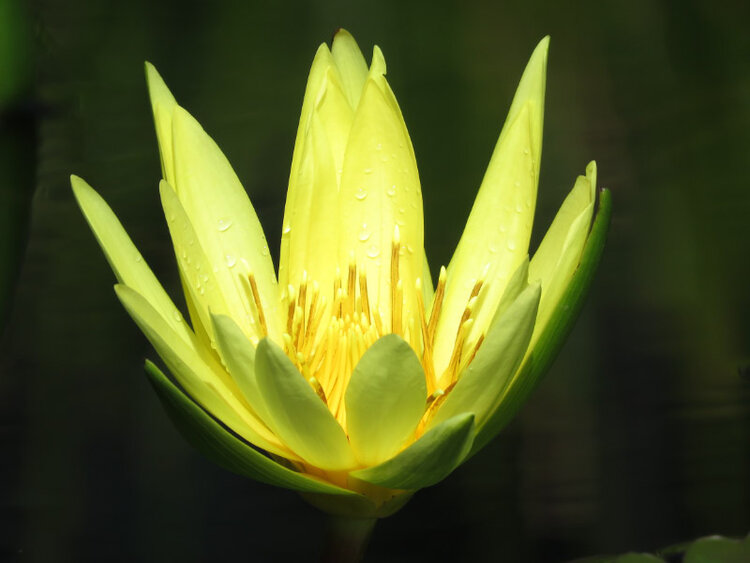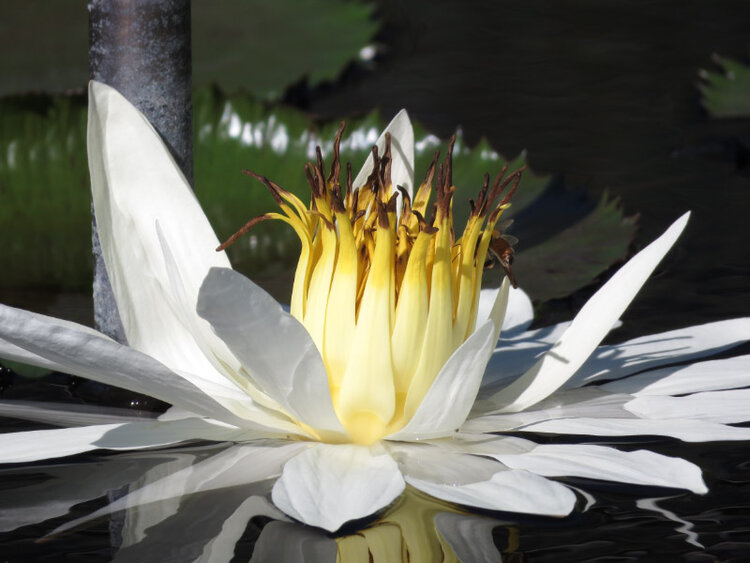eBotanical Prints – July 2022
/20 botanical print books in July. The topics include: plant relations/structures/geography (3), roses, gardens, orchids, ferns, water plants/lilies (3), wildflowers (3), and The Plant World periodicals (7). I will continue to browse The Plant World periodicals into August.
The whole list of 2,432 botanical eBooks can be accessed here. The list for the July 2022 books with links to the volumes and sample images is at the bottom of this post.
Click on any sample images in the mosaic below to get an enlarged version. Enjoy the July 2022 eBotanical Prints!
Plant relations * Coulter, John Merle * sample image * 1901
Plant Structures * Coulter, John Merle * sample image * 1906
Popular geography of plants; or, A botanical excursion round the world * Catlow, Maria E.; Daubeny, Charles * sample image * 1855
Roses and their Cultivation * Sanders, Thomas William * sample image * 1917
The Flower Garden * Sanders, Thomas William * sample image * 1919
Select orchidaceous plants [First series] by Robert Warner ; the notes on culture by Benjamin S. Williams. * Warner, Robert * sample image * 1865
Select ferns and lycopods * Williams, Benjamin Samuel * sample image * 1873
The Water Garden * Tricker, William * sample image * 1897
Water-lilies and how to grow them * Conard, Henry S.; Hus, Henry * sample image * 1907
The waterlilies: a monograph of the genus Nymphaea * Conard, Henry S. * sample image * 1905
Wild flower preservation; a collector's guide * Coley, May; Weatherby, Charles Alfred * sample image * 1915
Useful wild plants of the United States and Canada * Saunders, Charles Francis; Aring, Lucy Hamilton (illustrator) * sample image * 1920
California Wild Flowers * Saunders, Elisabeth Hallowell * sample image * 1905
The Plant World Vol VI 1903 * The Wildflower Preservation Society * sample image * 1903
The Plant World Vol V 1902 * The Wildflower Preservation Society * sample image * 1902
The Plant World Vol IV 1901 * The Wildflower Preservation Society * sample image * 1901
The Plant World Vol III 1900 * The Wildflower Preservation Society * sample image * 1900
The Plant World Vol II 1899 * The Wildflower Preservation Society * sample image * 1899
The Plant World Vol I 1898 * The Wildflower Preservation Society * sample image * 1898
The Plant World Vol VII 1904 * The Wildflower Preservation Society * sample image * 1904

